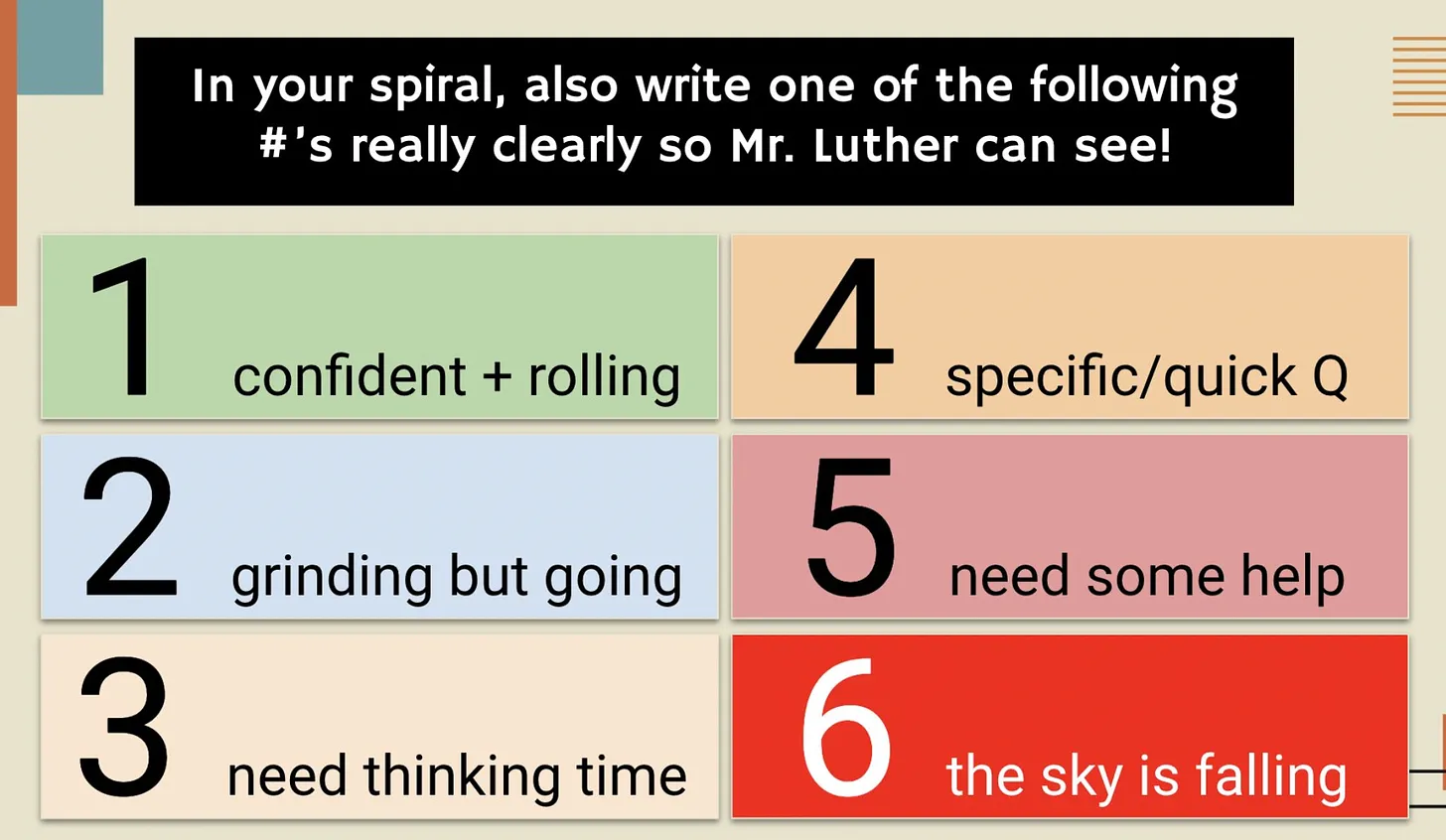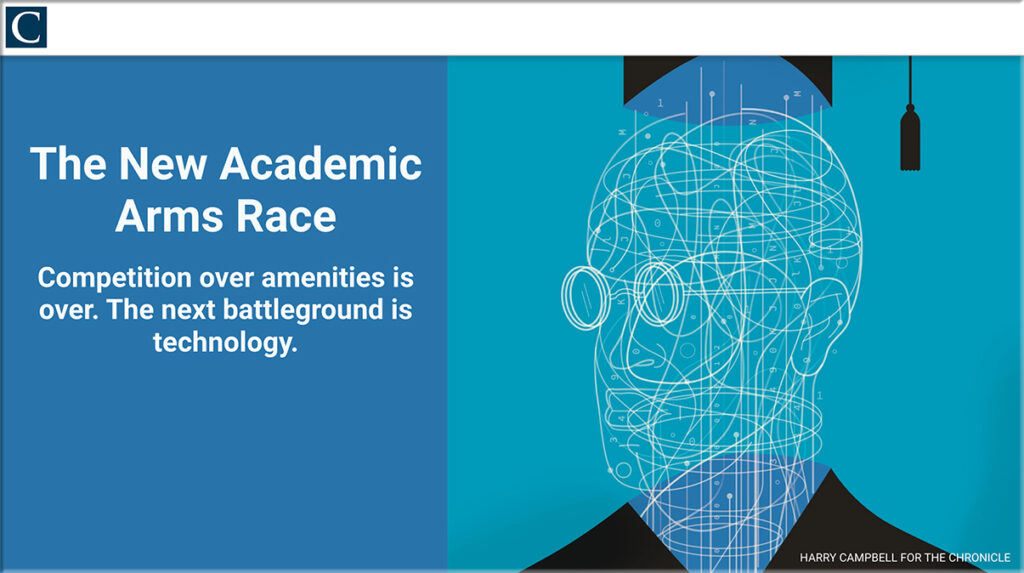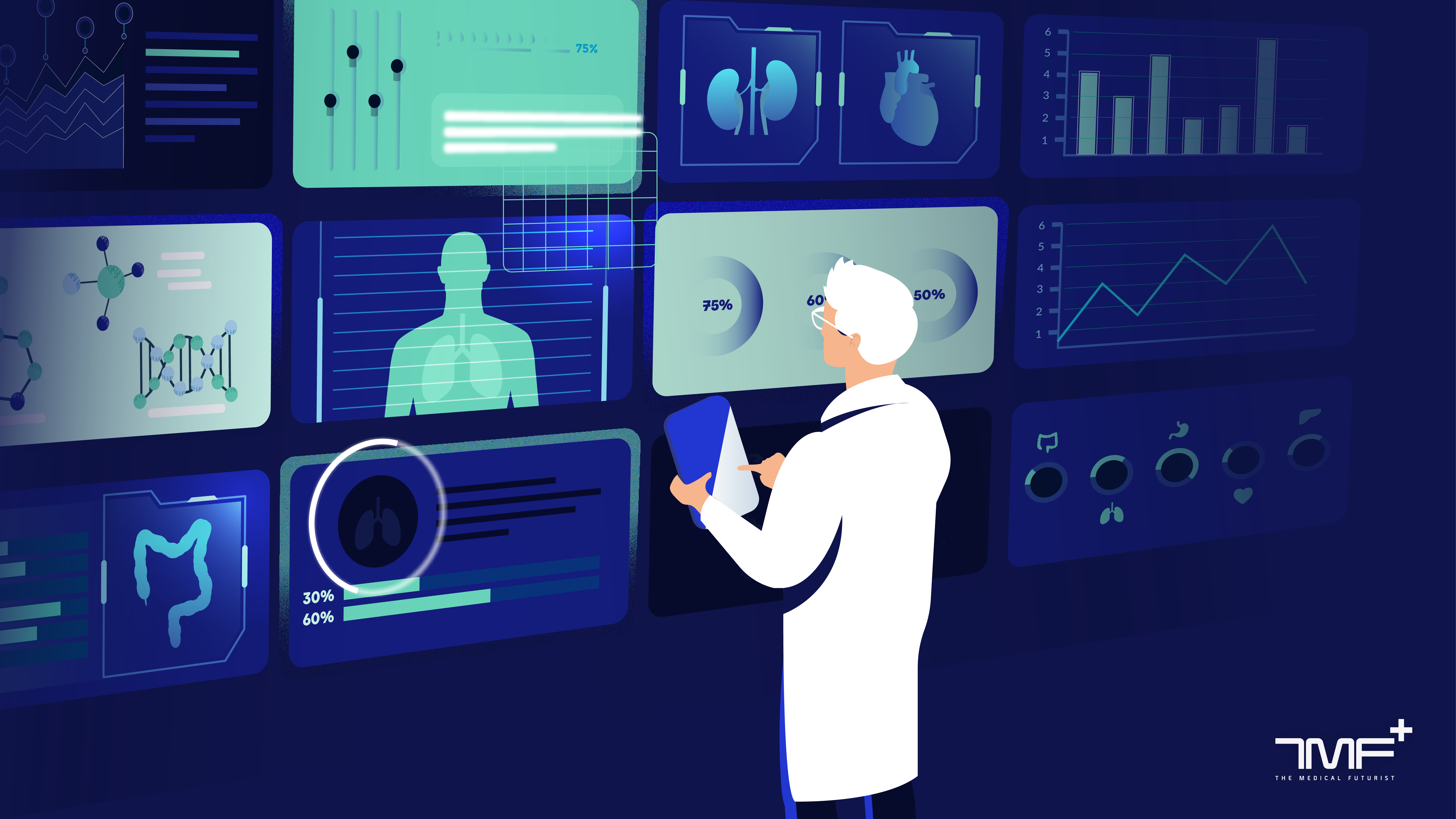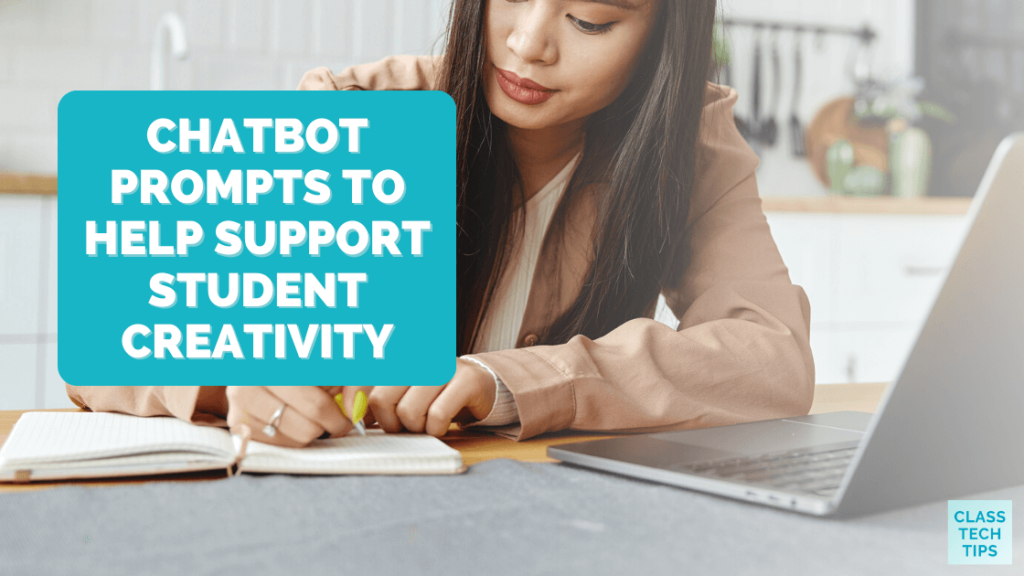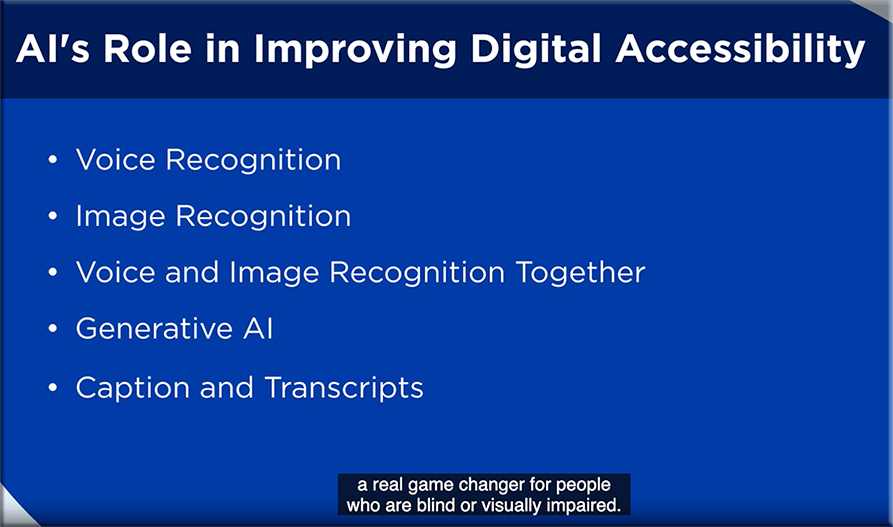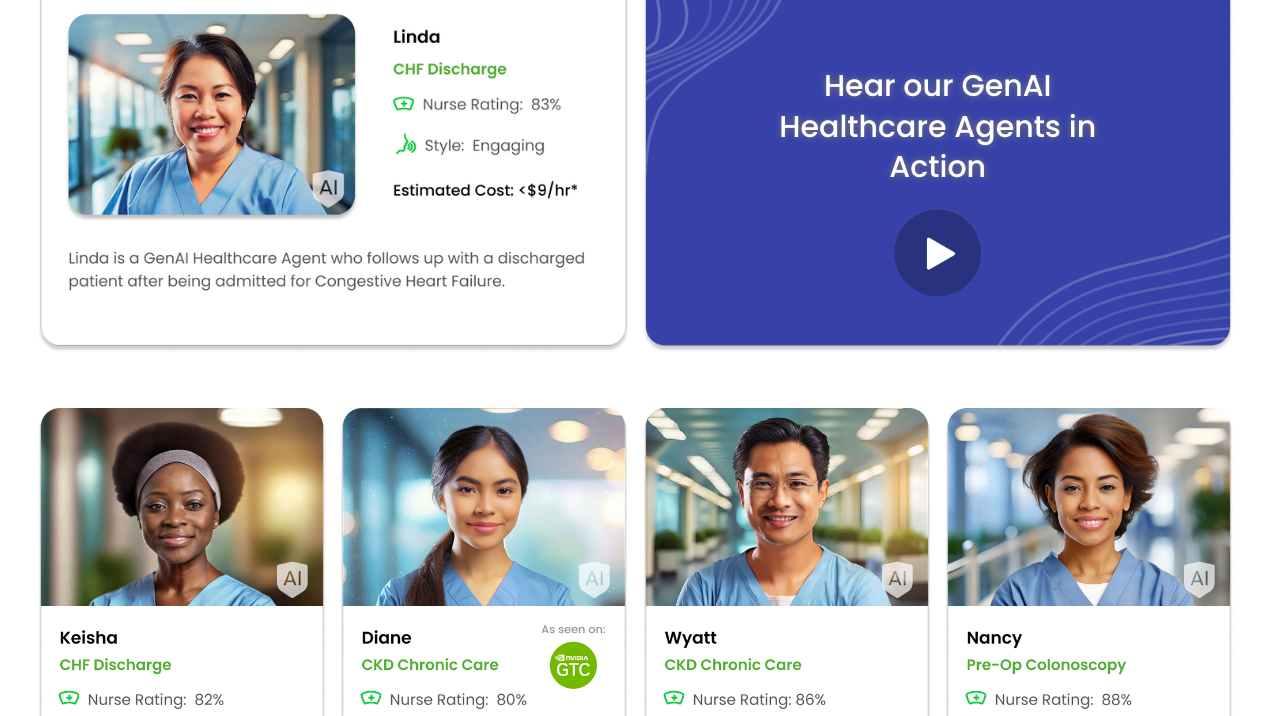School Librarian Day – April 4, 2024 — from nationaltoday.com
Isaiah 53:3-6 New International Version
3 He was despised and rejected by mankind,
a man of suffering, and familiar with pain.
Like one from whom people hide their faces
he was despised, and we held him in low esteem.
4 Surely he took up our pain
and bore our suffering,
yet we considered him punished by God,
stricken by him, and afflicted.
5 But he was pierced for our transgressions,
he was crushed for our iniquities;
the punishment that brought us peace was on him,
and by his wounds we are healed.
6 We all, like sheep, have gone astray,
each of us has turned to our own way;
and the Lord has laid on him
the iniquity of us all.
Matthew 27:45-51 New International Version
The Death of Jesus
45 From noon until three in the afternoon darkness came over all the land. 46 About three in the afternoon Jesus cried out in a loud voice, “Eli, Eli,[c] lema sabachthani?” (which means “My God, my God, why have you forsaken me?”).[d]
47 When some of those standing there heard this, they said, “He’s calling Elijah.”
48 Immediately one of them ran and got a sponge. He filled it with wine vinegar, put it on a staff, and offered it to Jesus to drink. 49 The rest said, “Now leave him alone. Let’s see if Elijah comes to save him.”
50 And when Jesus had cried out again in a loud voice, he gave up his spirit.
51 At that moment the curtain of the temple was torn in two from top to bottom.

Luke 24:1-8 New International Version
Jesus Has Risen
24 On the first day of the week, very early in the morning, the women took the spices they had prepared and went to the tomb. 2 They found the stone rolled away from the tomb, 3 but when they entered, they did not find the body of the Lord Jesus. 4 While they were wondering about this, suddenly two men in clothes that gleamed like lightning stood beside them. 5 In their fright the women bowed down with their faces to the ground, but the men said to them, “Why do you look for the living among the dead? 6 He is not here; he has risen! Remember how he told you, while he was still with you in Galilee: 7 ‘The Son of Man must be delivered over to the hands of sinners, be crucified and on the third day be raised again.’ ” 8 Then they remembered his words.
Psalm 62:5-8 New International Version
5 Yes, my soul, find rest in God;
my hope comes from him.
6 Truly he is my rock and my salvation;
he is my fortress, I will not be shaken.
7 My salvation and my honor depend on God[a];
he is my mighty rock, my refuge.
8 Trust in him at all times, you people;
pour out your hearts to him,
for God is our refuge.
Dr Abigail Rekas, Lawyer & Lecturer at the School of Law, University of Galway
Abigail is a lecturer on two of the Law micro-credentials at University of Galway – Lawyering Technology & Innovation and Law & Analytics. Micro-credentials are short, flexible courses designed to fit around your busy life! They are designed in collaboration with industry to meet specific skills needs and are accredited by leading Irish universities.
Visit: universityofgalway.ie/courses/micro-credentials/
The Implications of Generative AI: From the Delivery of Legal Services to the Delivery of Justice — from iaals.du.edu by
The potential for AI’s impact is broad, as it has the ability to impact every aspect of human life, from home to work. It will impact our relationships to everything and everyone in our world. The implications for generative AI on the legal system, from how we deliver legal services to how we deliver justice, will be just as far reaching.
[N]ow we face the latest technological frontier: artificial intelligence (AI).… Law professors report with both awe and angst that AI apparently can earn Bs on law school assignments and even pass the bar exam. Legal research may soon be unimaginable without it. AI obviously has great potential to dramatically increase access to key information for lawyers and non-lawyers alike. But just as obviously it risks invading privacy interests and dehumanizing the law.
…
When you can no longer sell the time it takes to achieve a client’s outcome, then you must sell the outcome itself and the client’s experience of getting there. That completely changes the dynamics of what law firms are all about.
Preparing the Next Generation of Tech-Ready Lawyers — from news.gsu.edu
Legal Analytics and Innovation Initiative Gives Students a Competitive Advantage
Georgia State University College of Law faculty understand this need and designed the Legal Analytics & Innovation Initiative (LAII) to equip students with the competitive skills desired by law firms and other companies that align with the emerging technological environment.
“As faculty, we realized we need to be forward-thinking about incorporating technology into our curriculum. Students must understand new areas of law that arise from or are significantly altered by technological advances, like cybersecurity, privacy and AI. They also must understand how these advances change the practice of law,” said Kris Niedringhaus, associate dean for Law Library, Information Services, Legal Technology & Innovation.
The Imperative Of Identifying Use Cases In Legal Tech: A Guiding Light For Innovation In The Age Of AI — from abovethelaw.com by Olga V. Mack
In the quest to integrate AI and legal technology into legal practice, use cases are not just important but indispensable.
As the legal profession continues to navigate the waters of digital transformation, the importance of use cases stands as a beacon guiding the journey. They are the litmus test for the practical value of technology, ensuring that innovations not only dazzle with potential but also deliver tangible benefits. In the quest to integrate AI and legal technology into legal practice, use cases are not just important but indispensable.
The future of legal tech is not about technology for technology’s sake. It’s about thoughtful, purpose-driven innovation that enhances the practice of law, improves client outcomes, and upholds the principles of justice. Use cases are the roadmap for this future, charting a course for technology that is meaningful, impactful, and aligned with the noble pursuit of law.
Say Goodbye to Antiquated Performance Reviews — from td.org by Magdalena Nowicka Mook
Excerpt (emphasis DSC):
Most leaders understand the value of investing in an onboarding process for orientation, productivity, and retention, but few associate onboarding with strong performance over the employee’s full tenure with the organization. By contrast, everboarding is a newer approach that prioritizes ongoing learning and development rather than only an initial commitment. Insights from Deloitte indicate organizations that establish an ongoing learning culture are 52 percent more productive with engagement and achieve retention rates 30–50 percent higher than those that don’t.
When implemented effectively, everboarding embraces proven elements of a coaching culture that establish an ongoing commitment to skill development, deepens understanding of the organization, and supports real-time feedback to prevent stagnancy in high-potential employees brought in through strong hiring practices.
What Are AI Agents—And Who Profits From Them? — from every.to by Evan Armstrong
The newest wave of AI research is changing everything
I’ve spent months talking with founders, investors, and scientists, trying to understand what this technology is and who the players are. Today, I’m going to share my findings. I’ll cover:
- What an AI agent is
- The major players
- The technical bets
- The future
Agentic workflows are loops—they can run many times in a row without needing a human involved for each step in the task. A language model will make a plan based on your prompt, utilize tools like a web browser to execute on that plan, ask itself if that answer is right, and close the loop by getting back to you with that answer.
But agentic workflows are an architecture, not a product. It gets even more complicated when you incorporate agents into products that customers will buy.
…
Early reports of GPT-5 are that it is “materially better” and is being explicitly prepared for the use case of AI agents.
10 Things You Can Definitely Expect From The Future Of Healthcare AI — from medicalfuturist.com by Andrea Koncz
Artificial Intelligence promises material changes on both sides of the stethoscope, but this revolution won’t unfold on its own.
Key Takeaways
- From unlocking hidden biomarkers to streamlining administrative burdens, AI will improve patient care and redefine the role of physicians.
- Technology can serve as a powerful tool, but healthcare remains a fundamentally human endeavor.
- This technological revolution won’t unfold on its own, it requires collaboration between physicians, technologists, regulators, and patients.
How Much Do Voice Actors Make? — from elevenlabs.io
Learn how much voice actors can expect to make and how to create passive income streams with ElevenLabs.
If you’re considering a career in the voice acting industry, you may be wondering how much do voice actors make?
A voice actor’s salary is based on many factors, from talent to type of voice work, and the ability to market yourself. Voice actors can experience massive earning potential, and a voice actor salary can range from tens of thousands of dollars to six figures a year.
In this article, we’ll explore how to make your voice talent work for you, whether you’re an entry-level voice actor or an experienced voice actor, the kind of voice actor’s salary you can expect, and what the highest-paid voice actors earn.
Also from elevenlabs.io see:
How Do Video Game AI Sound Effects Work?
Learn how AI tools are transforming the world of video game sound effect generation.
Have you ever wondered how video games create those immersive and dynamic sound effects that react to your every move? From the satisfying crunch of footsteps on different surfaces to the realistic reverberations of gunshots in various environments, game audio has come a long way.
Now, AI is revolutionizing the way video game audio is produced and experienced. AI algorithms and machine learning techniques are being leveraged to power real-time sound effect generation, creating more realistic, adaptive, and efficient sound effects that respond to player actions and in-game events in real-time. For example, ElevenLabs’ upcoming AI Sound Effects feature will allow video game developers to describe a sound and then generate it with AI.
What Are the Best AI Video Game Tools?
Looking to enhance your video generation process with AI tools? You’ve come to the right place. Learn all about the top tools and their specific use cases.
From generating realistic assets and environments to crafting compelling narratives and lifelike characters, AI is revolutionizing the way video games are designed and developed.
In this article, we will explore the different types of AI video game tools available and highlight some of the best tools in each category. We’ll delve into the key features and benefits of these tools, helping you understand how they can streamline your game development process and enhance the overall quality of your game.
Whether you’re an indie developer or part of a large studio, understanding the AI landscape and selecting the right tools for your project is crucial. We’ll provide insights into what to look for when choosing an AI video game tool, ensuring that you make an informed decision that aligns with your project’s requirements and budget.
Tools and Apps to Bring Augmented Reality into Your Classroom — from techlearning.com by Steve Baule and Dillon Martinez
These digital tools and platforms can support the use of augmented reality in the classroom, making a more dynamic and engaging learning experience
AR allows virtual 3D models, animations, and contextual information to be overlaid on the real world through mobile devices or AR headsets. The Franklin Institute provides a good overview of what constitutes AR, as does UK’s Talk Business and Tech & Learning. This immersive technology provides unique opportunities for interactive, experiential learning across numerous subjects.
For example, in a science class, students could use an AR app to visualize the 3D structure of a molecule they are studying and interact with it by rotating, resizing, or even building it atom-by-atom. For history lessons, AR can transport students to ancient archaeological sites projected on their desks, where they can explore 3D reconstructions of ruins and artifacts. Google’s Expeditions tool can allow students to take a virtual walkthrough South Africa and learn about its geography or visit the Seven New Wonders of the World.
London's Frameless is the ultimate immersive art experience. With 42 masterpieces in 4 different galleries, it's the largest permanent multi-sensory experience in the UK.pic.twitter.com/13OPRCLH2E
— Massimo (@Rainmaker1973) March 27, 2024
Using AI to Support People with Disability in the Labour Market (OECD) — from aiadvisoryboards.wordpress.com
The document “Using AI to Support People with Disability in the Labour Market” explores the potential of AI in fostering employment for individuals with disabilities. Here are the key takeaways from the document:
- Evaluation of AI Solutions: …
- Challenges and Obstacles: …
- Role of Governments: …
- Regulations and Policies: …
- Technical Limitations: …
- Mitigation Strategies: …
These key points underscore the importance of addressing challenges, enhancing policies, and leveraging AI technologies to create more inclusive opportunities for individuals with disabilities in the labor market.
PDF Accessibility: Understanding the Basics — from boia.org
The Adobe PDF (Portable Document Format) is one of the most popular formats for online documents. Put simply, if you need to download a tax form or review a company brochure, you’ll probably download a PDF to do so.
Unfortunately, many PDFs aren’t accessible for users with disabilities. A 2023 report from the Department of Justice (DOJ) found that only 20% of the government’s most-downloaded PDFs were conformant with federal accessibility standards. Private businesses also struggle to meet basic accessibility requirements.
The good news: If you think about accessibility when authoring your documents, you can provide a better experience for readers. Here’s how to get started.
Exploring AI’s Role in Accessibility and Inclusion — from blog.usablenet.com by UsableNet
How AI will transform digital accessibility — from ciodive.com by Phil Strain
What if a person with a visual impairment could receive audio assistance reading a map — and detailed instructions on how to navigate their local railway system? Or what if they could use image-to-text technology to quickly discern what’s in their fridge, along with recipe suggestions and a shopping list for their grocery delivery order?
AI-powered tools that do just that are now a reality thanks to Danish startup Be My Eyes, which uses the visual input capability of GPT-4 to create “virtual volunteers” for people who are blind or vision-impaired. It’s just one example of how advancements in AI are transforming the digital accessibility landscape.
Nvidia’s AI boom is only getting started. Just ask CEO Jensen Huang — from fastcompany.com by Harry McCracken
Nvidia’s chips sparked the AI revolution. Now it’s in the business of putting the technology to work in an array of industries.
Nvidia is No. 1 on Fast Company’s list of the World’s 50 Most Innovative Companies of 2024. Explore the full list of companies that are reshaping industries and culture.
Nvidia isn’t just in the business of providing ever-more-powerful computing hardware and letting everybody else figure out what to do with it. Across an array of industries, the company’s technologies, platforms, and partnerships are doing much of the heavy lifting of putting AI to work. In a single week in January 2024, for instance, Nvidia reported that it had begun beta testing its drug discovery platform, demoed software that lets video game characters speak unscripted dialogue, announced deals with four Chinese EV manufacturers that will incorporate Nvidia technology in their vehicles, and unveiled a retail-industry partnership aimed at foiling organized shoplifting.
Johnson & Johnson MedTech Works With NVIDIA to Broaden AI’s Reach in Surgery — from blogs.nvidia.com by David Niewolny
AI — already used to connect, analyze and offer predictions based on operating room data — will be critical to the future of surgery, boosting operating room efficiency and clinical decision-making.
That’s why NVIDIA is working with Johnson & Johnson MedTech to test new AI capabilities for the company’s connected digital ecosystem for surgery. It aims to enable open innovation and accelerate the delivery of real-time insights at scale to support medical professionals before, during and after procedures.
J&J MedTech is in 80% of the world’s operating rooms and trains more than 140,000 healthcare professionals each year through its education programs.
GE and NVIDIA Join Forces to Accelerate Artificial Intelligence Adoption in Healthcare — from nvidianews.nvidia.com
- New generation of intelligent medical devices will use world’s most advanced AI platform with the goal of improving patient care
- GE Healthcare is the first medical device company to use the NVIDIA GPU Cloud
- New Revolution Frontier CT, powered by NVIDIA, is two times faster for image processing, proving performance acceleration has begun
Nvidia Announces Major Deals With Healthcare Companies — from cheddar.com
At the GTC A.I. conference last week, Nvidia launched nearly two dozen new A.I. powered, health care focused tools and deals with companies Johnson & Johnson and GE Healthcare for surgery and medical imaging. The move into health care space for the A.I. company is an effort that’s been under development for a decade.
Nvidia is now powering AI nurses — from byMaxwell Zeff / Gizmodo;; via Claire Zau
The cheap AI agents offer medical advice to patients over video calls in real-time












